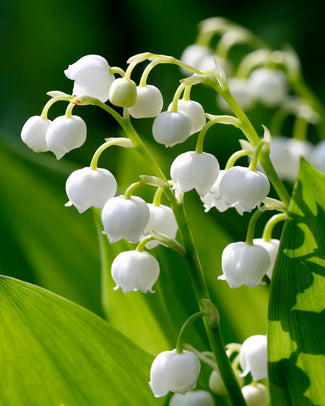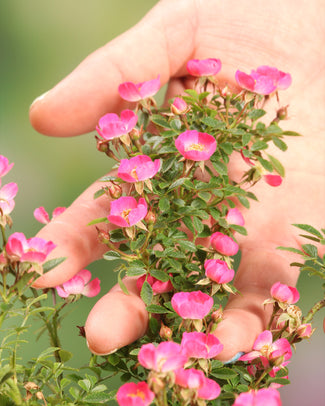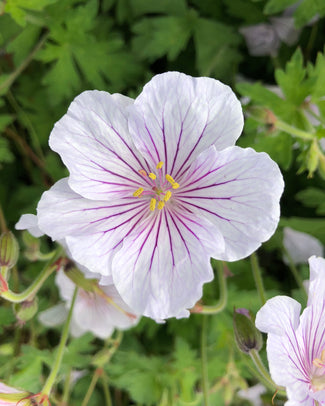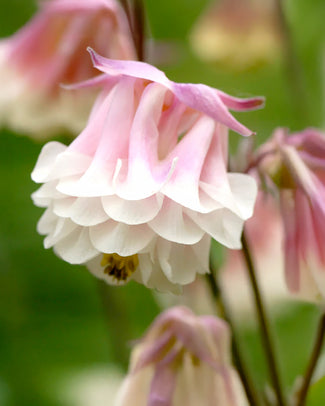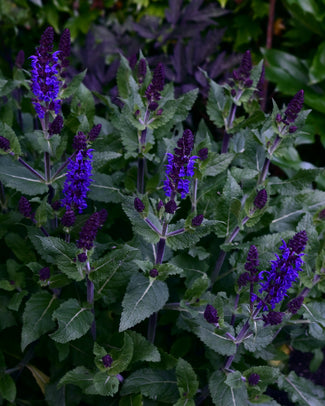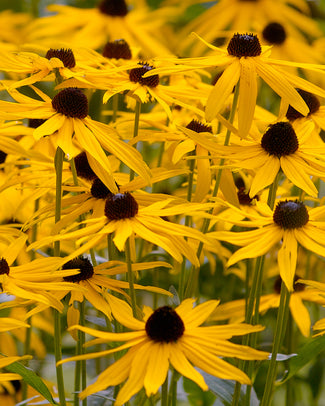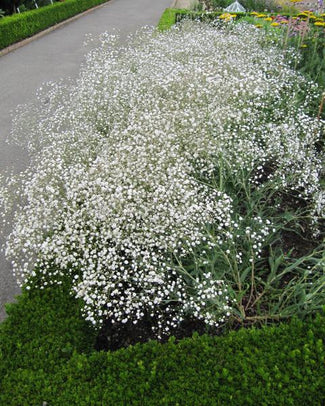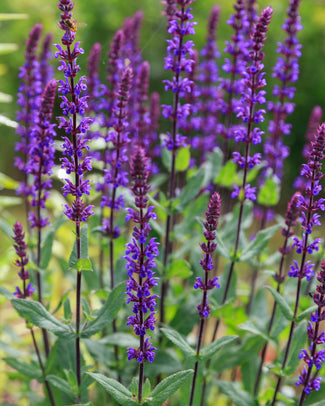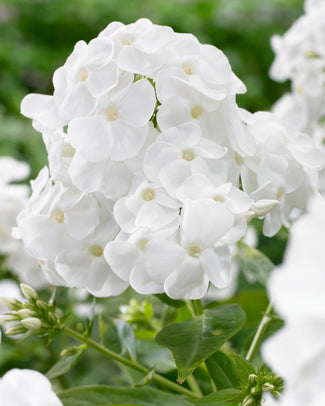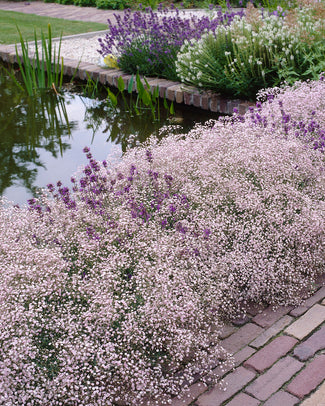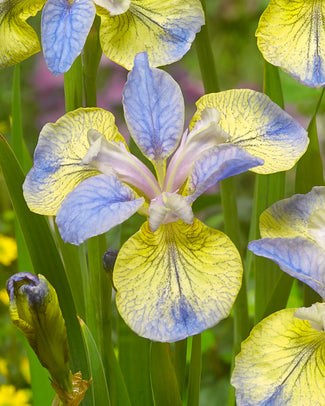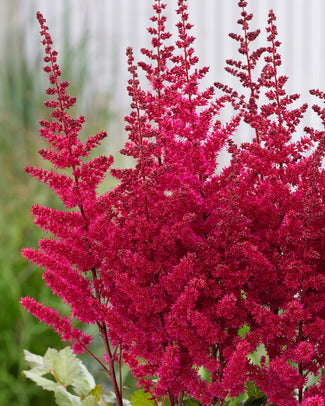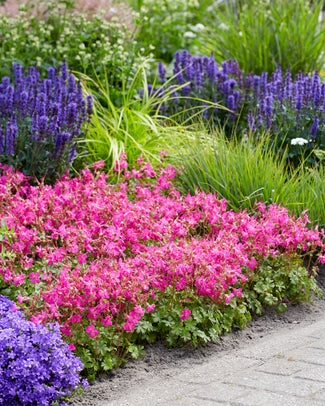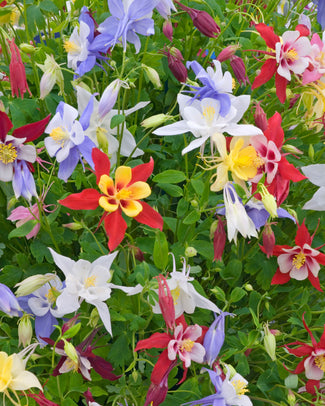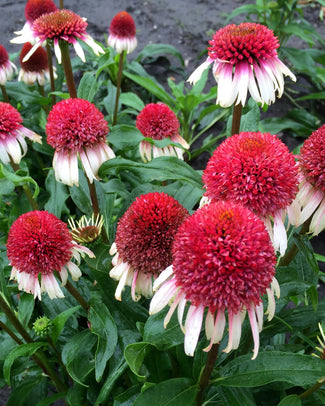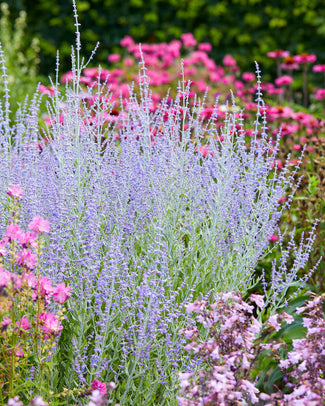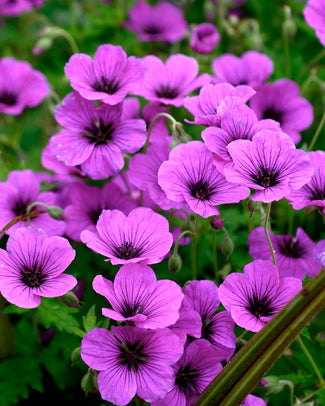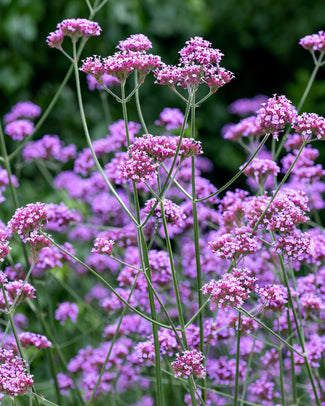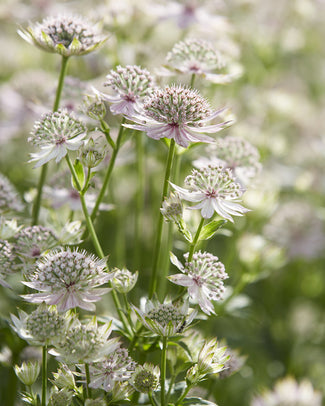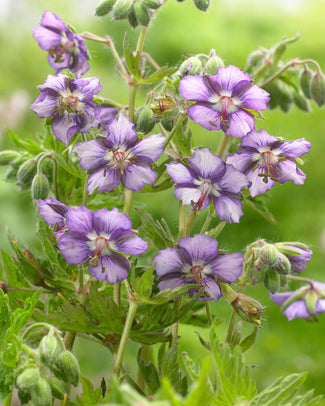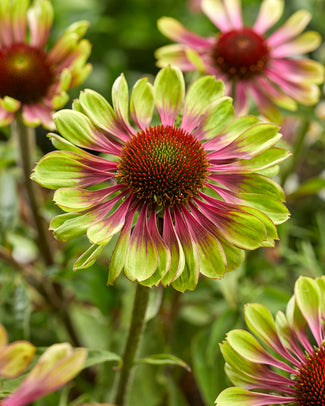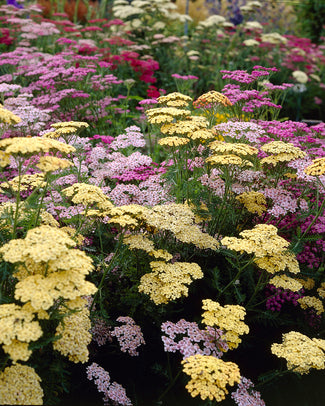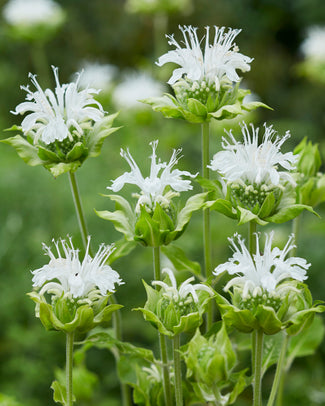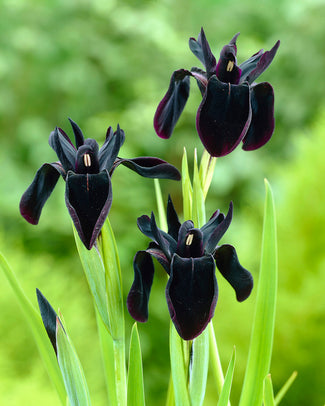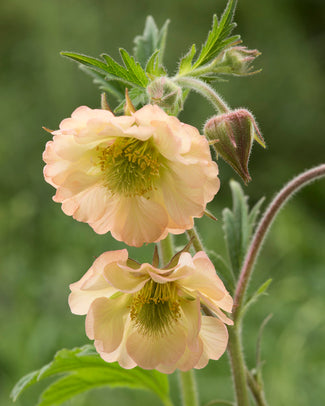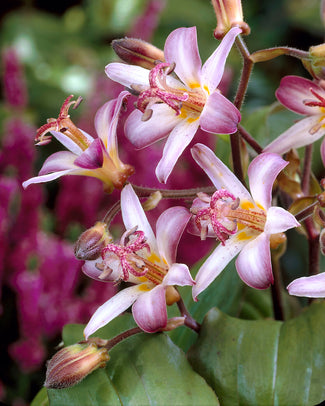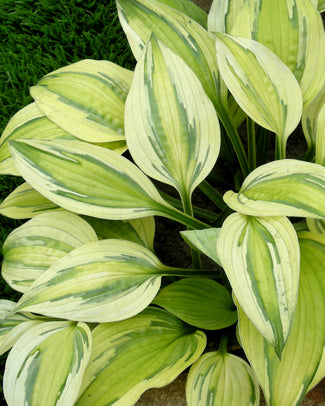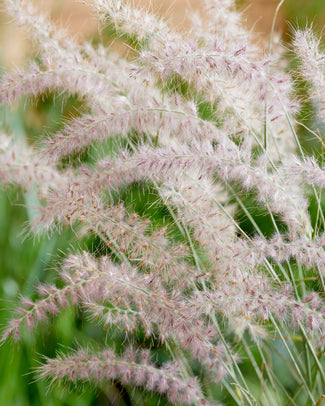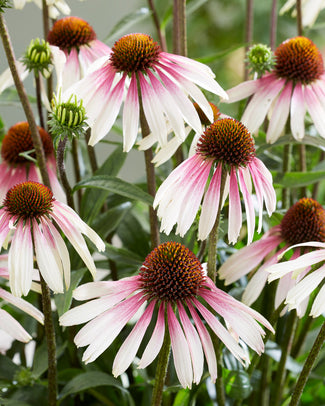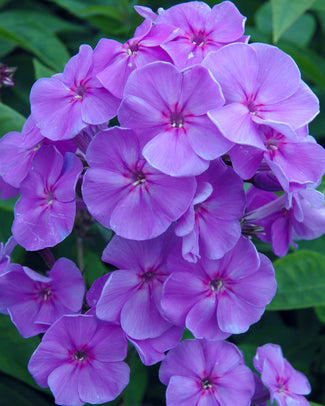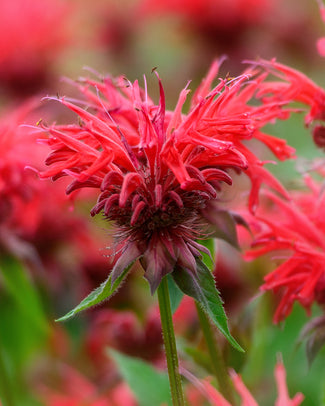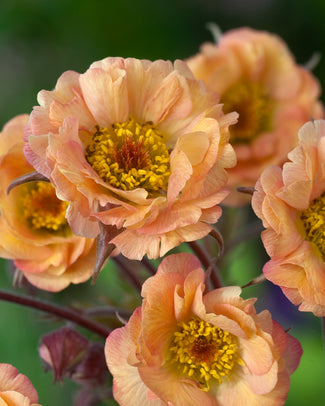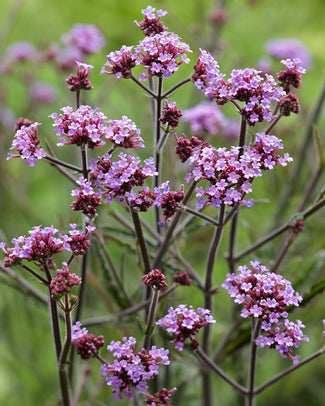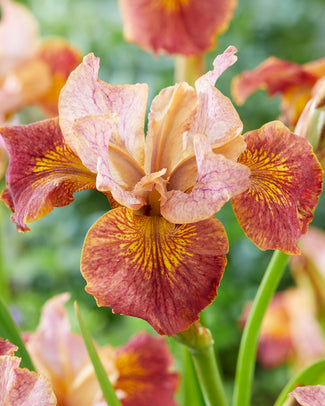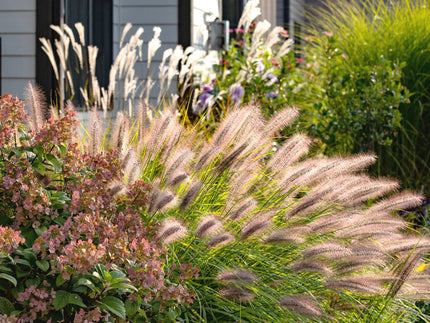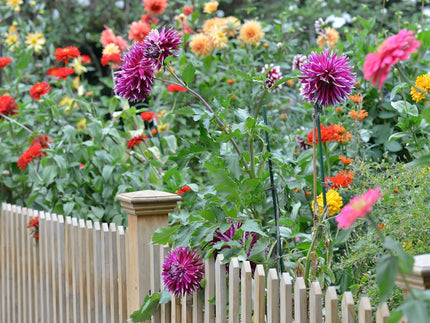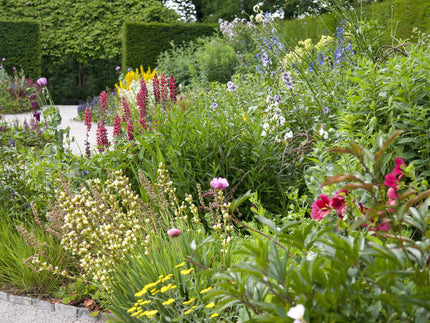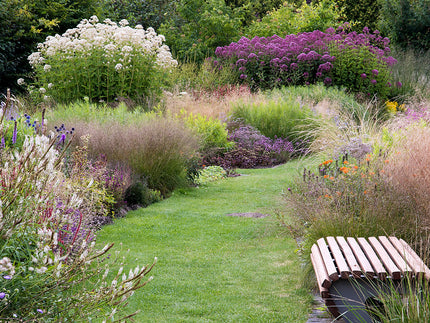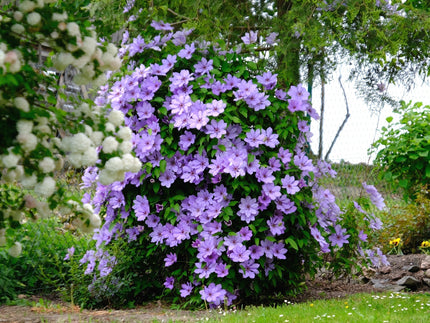How to plant Scabiosa
Scabiosa, also known as ‘Pincushion Flower’ are known and loved for their gentle meadow appeal, producing delicate flower heads on long slender stems. They’re fully hardy and very resilient plants which are easy to care for. Attracting bees and butterflies, they are a valued addition to the border, patio containers or meadow areas, with blooms in shades of white through to lavender and blue. New compact varieties provide all the charm, producing larger flowers , but with a more formal and manageable habit which makes they suitable for a wider range of locations including patio containers.
How to plant
- Plant Scabiosa bare roots in spring between February and May, ideally within a week of delivery.
- Soak the roots in water for 3-6 hours prior to planting. Pot into temporary 2 litre (or 15-20cm diameter) pots, using a good quality multi-purpose compost.
- Plant with the roots submerged and with the top of the root system just level with the soil surface. Any shoots or leaves which have emerged already should be left exposed above the soil surface.
- Grow them on in a sheltered spot outside. They can be transplanted to suitable growing positions after 2-4 months or once growth is established and the plants easily come out of the temporary pots with the soil held together by the roots. When roots are visible through the holes in the bottom of the pot, the plants should be transplanted.
- When planting into the garden, choose a position in full sun or light shade. Scabiosa prefers a moist but well-drained soil. It can grow well in mixed borders, large patio containers, gravel gardens or mingled among other flowers in a meadow-type setting.
- As with all young plants, monitor your new plantings for pest damage and keep space clear around the young plant, removing excess growth from neighbouring plants in the border to reduce competition.
- This perennial is fully hardy and does not require winter protection.
- Water-in after planting and keep hydrated when in growth, particularly during the first year. One established, they can tolerate quite dry conditions.
Aftercare
- Cut back annually between autumn and early spring. New growth will emerge from the base of the plant in spring each year.
- Deadhead regularly during the growing season to prolong flowering. If regularly deadheaded, these plants can bloom throughout the summer season and into autumn.
- This is a mound forming perennial, which means that over time the plant will gradually spread and produce more flowering stems. You can divide clumps in autumn or early spring if they become congested.
































































































































































































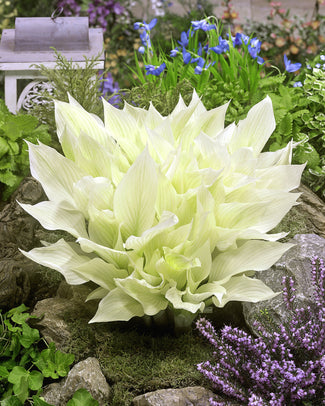
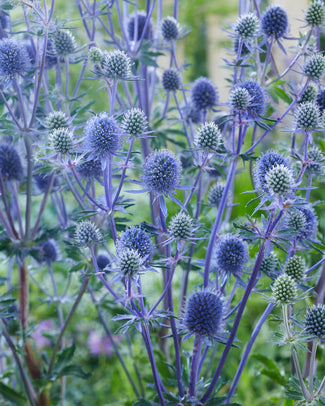
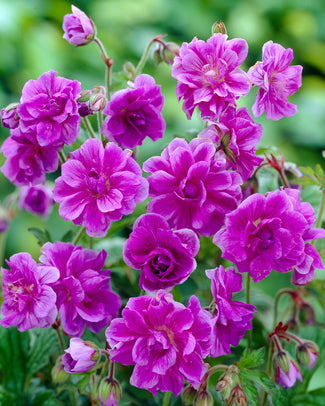
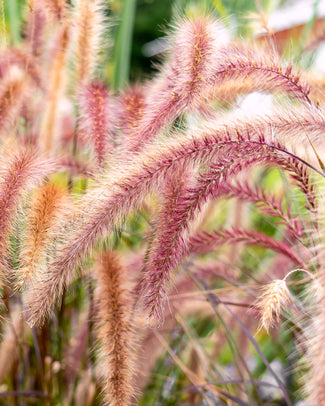
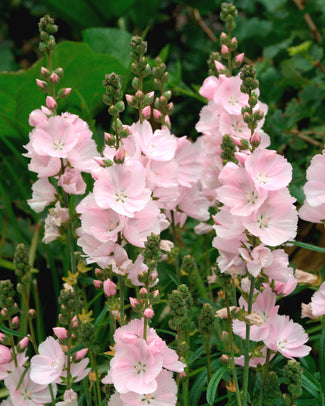
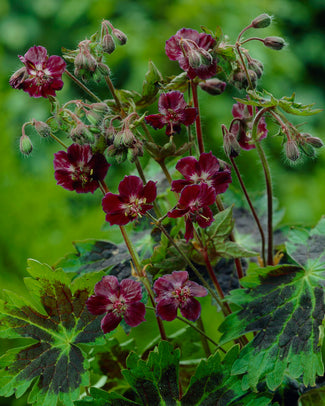
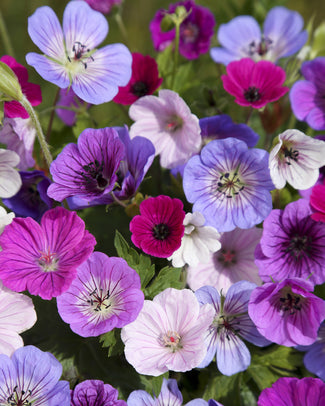
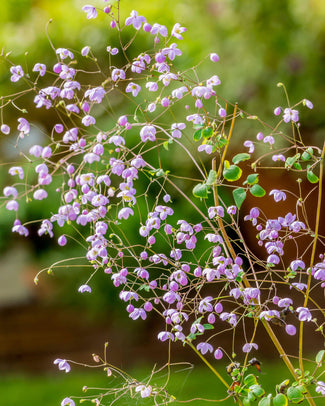
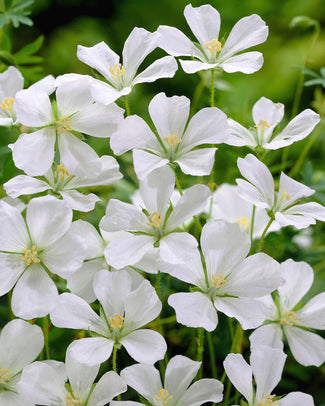
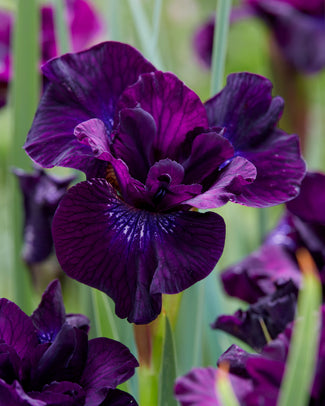
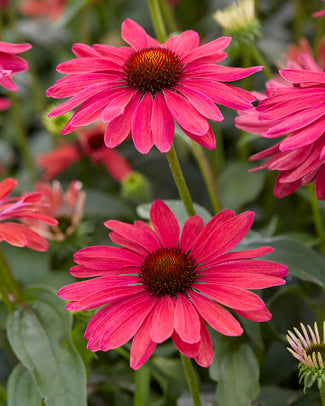
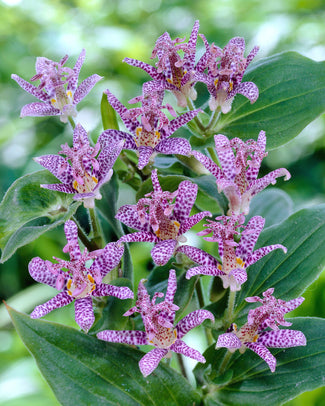
![Agapanthus 'Black Buddhist' []](http://www.farmergracy.co.uk/cdn/shop/products/agapanthus-black-buddhist-1_325x.jpg?v=1575625838)
